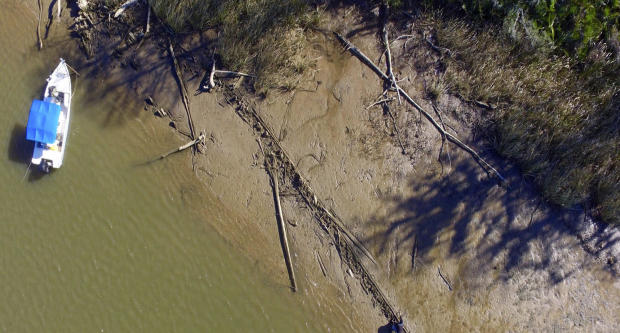


The captives clung to African identities in the face of a system that was intended to erase them. That experience would have left them utterly unprepared for a life in which slave status was inherited, based on ethnicity and punishingly cruel. The Clotilda captives had come from an area in West Africa where enslaved people could rise to influential positions in society once they became free.
.jpg)
To find the wreckage, Raines relied partly on new information gleaned from a local man who had seen it as a child, but also acknowledges a debt to the historian Sylviane Diouf, whose book Dreams of Africa in Alabama: The Slave Ship Clotilda and the Story of the Last Africans Brought to America offered clues as to the whereabouts of the wreckage as it documented the lives of the Clotilda Africans during enslavement and after emancipation.


 0 kommentar(er)
0 kommentar(er)
